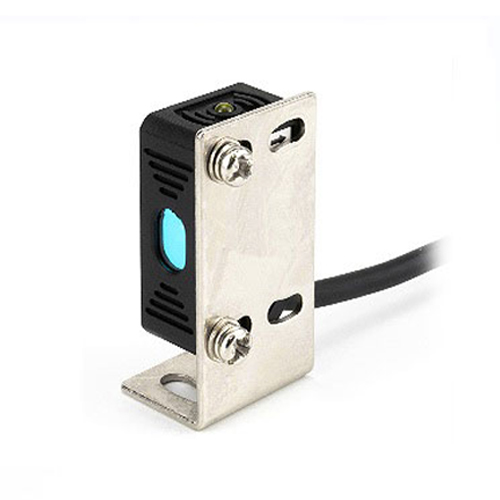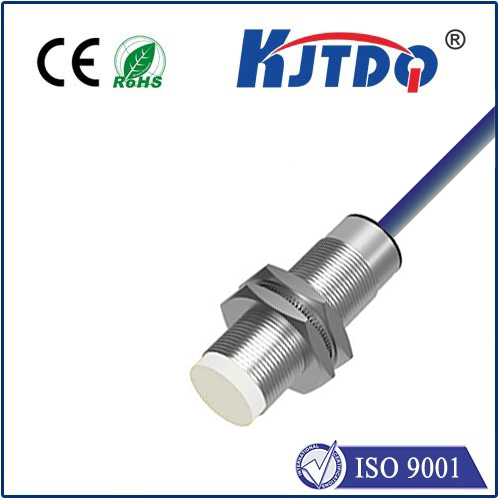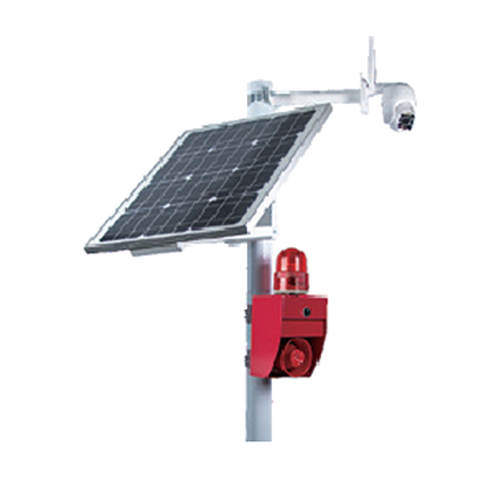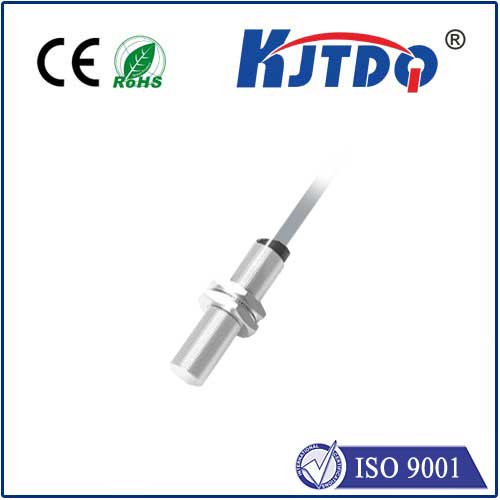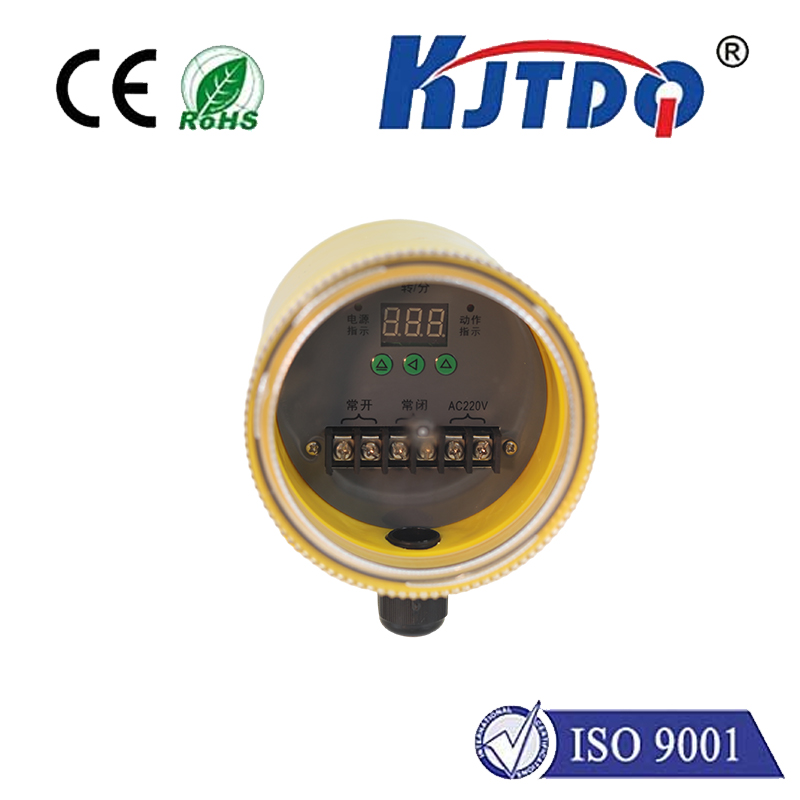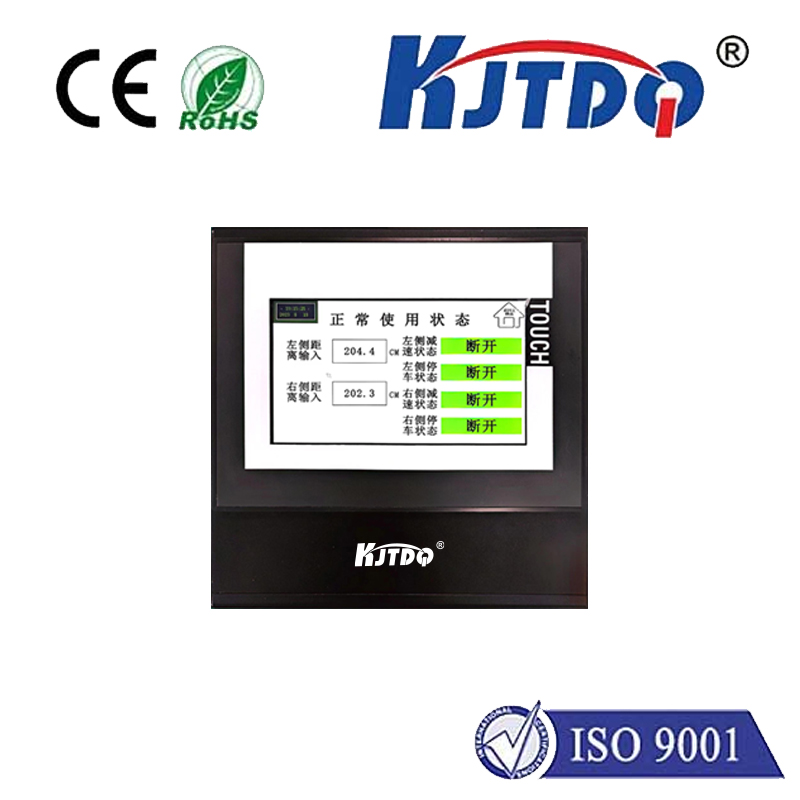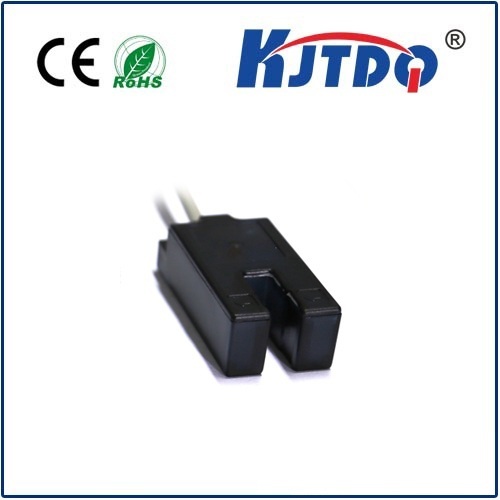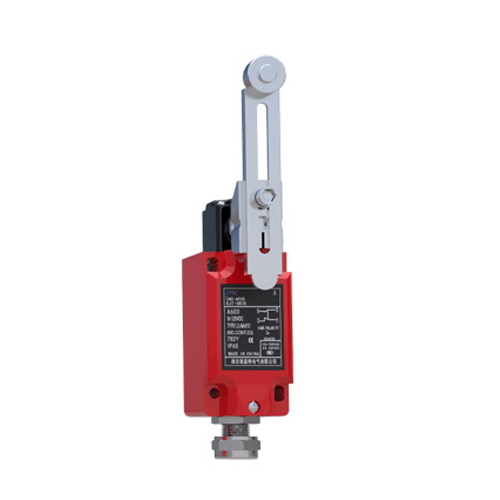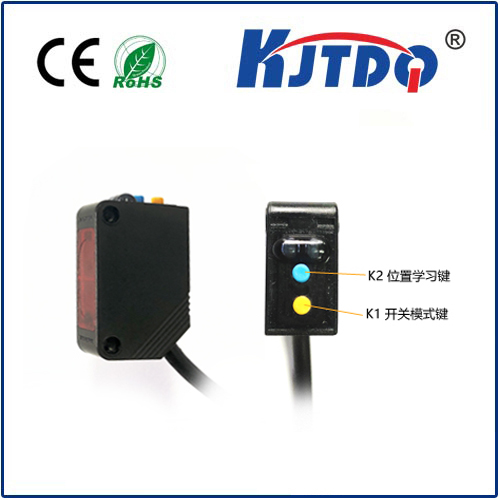

check

check

check

check
Imagine a world where machines detect objects with unerring accuracy, even in the tiniest spaces—where a misfire could mean costly downtime. That’s the realm of photoelectric sensors, and among the unsung heroes is the E3FA-DP14-F2 2M small photoelectric sensor. This powerhouse of precision isn’t just another component; it’s a game-changer for industries demanding reliability in confined environments. With its ultra-compact design and robust 2-meter detection range, this sensor tackles challenges that larger alternatives can’t, from intricate assembly lines to high-speed packaging systems. As automation surges, understanding how this device elevates performance could unlock new efficiencies for your operations.
Photoelectric sensors, in essence, harness light beams to detect objects without physical contact. They emit an infrared or visible light signal, and when an object interrupts that beam, the sensor triggers a response. This technology is vital across sectors like manufacturing, logistics, and robotics, where speed and reliability are non-negotiable. The E3FA-DP14-F2 model, specifically, stands out for its “small” moniker—measuring a mere fraction of bulkier counterparts—making it ideal for applications where space is at a premium. Its 2M specification refers to a detection distance of up to 2 meters, ensuring versatile coverage while maintaining pinpoint accuracy. Why does this matter? Because in crowded factory floors, a sensor that fits snugly into tight spots reduces installation headaches and boosts overall system integration. For instance, in conveyor belt setups, this photoelectric sensor can monitor small parts like screws or labels without obstructing workflow, thanks to its streamlined form.

Delving deeper into the E3FA-DP14-F2’s features reveals why it’s gaining traction. First, the built-in 2-meter range allows for flexible positioning—you can mount it farther from targets without compromising sensitivity. This is crucial for detecting objects in unpredictable environments, such as dusty warehouses or humid conditions, where traditional sensors might falter. The model’s suffix “DP14” typically denotes a diffused reflective type, meaning it uses reflected light for detection, offering a sweet spot between affordability and performance. Unlike through-beam sensors that require separate emitters and receivers, this design simplifies wiring and maintenance, saving time and costs. Moreover, its compact size doesn’t skimp on durability; it boasts an IP67 rating for dust and water resistance, ensuring years of service life. Real-world applications abound: in automotive assembly, engineers use the E3FA-DP14-F2 to verify component presence on fast-moving lines, while in e-commerce fulfillment centers, it ensures packages are sorted correctly without jams. The result? Enhanced productivity and fewer errors, driving down operational expenses.
Beyond specs, the true advantage of the E3FA-DP14-F2 photoelectric sensor lies in its ability to outperform alternatives. Compared to larger sensors or ultrasonic variants, its small footprint minimizes space usage, allowing for creative layouts in constrained areas. For example, in miniature robotics or medical devices, this sensor provides reliable object detection without adding bulk. Its energy-efficient design also cuts power consumption, aligning with sustainability goals—a growing concern in green manufacturing. However, it’s not without considerations; in high-interference settings like bright sunlight, users might need additional shielding, but modern iterations like this one incorporate advanced algorithms to suppress false triggers. Ultimately, integrating this small photoelectric sensor into systems translates to smoother transitions and data accuracy, essential for smart factories embracing IoT connectivity. As industries evolve, the E3FA-DP14-F2 becomes a cornerstone for innovation.
In summary, adopting the E3FA-DP14-F2 2M small photoelectric sensor is a strategic move for any operation. Its blend of long-range detection and micro-sizing empowers businesses to tackle complex tasks efficiently, proving that small doesn’t mean limited—it means smarter. Whether upgrading existing setups or pioneering new ones, this sensor is your ally in achieving flawless automation.
